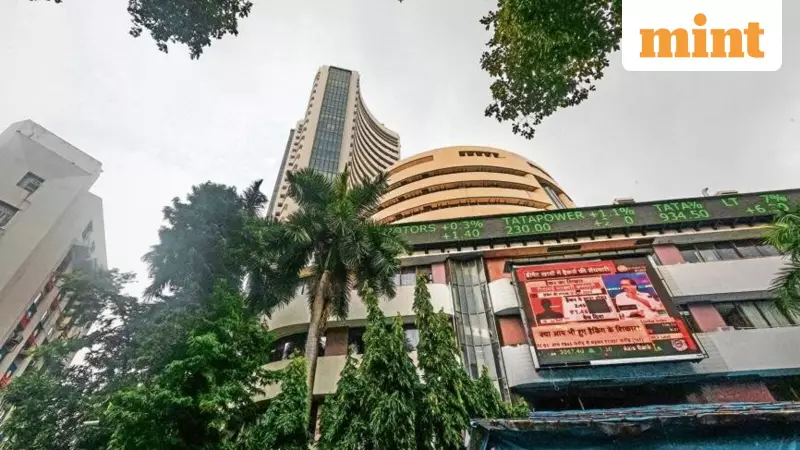
In an era where historical narratives face constant challenge from post-truth distortions, investment adviser Adil Rustomjee's ambitious work Running Behind Lakshmi: The Search for Wealth in India's Stock Market arrives as a timely scholarly examination of India's capital markets. This voluminous 862-page tome attempts to document the complete history of Mumbai's iconic BSE Ltd, formerly known as the Bombay Stock Exchange.
The Colonial Foundations of Asia's Oldest Exchange
Rustomjee's archival research reveals fascinating details about the BSE's founding in 1875 by local traders who pointedly excluded foreigners from membership. The exchange's establishment in a colonial outpost seemed counter-intuitive, yet global events like the American Civil War unexpectedly cemented its foundations. The conflict forced British cotton mills to temporarily shift supply chains to India, creating a cotton and share mania that generated surplus capital.
The author excavates granular details about Bombay's early speculators, including Premchand Roychand, an inveterate trader from Surat who over-extended during the cotton boom. Despite facing suffocating debts after the American Civil War ended, Roychand left his mark on Mumbai through landmarks like the Rajabai Clock Tower and establishing university scholarships.
Post-Independence Challenges and Controversial Interpretations
While Rustomjee excels in documenting the BSE's early years, his analysis veers when addressing the post-independence period. The author falls prey to popular tropes of bashing Jawaharlal Nehru without adequate archival evidence, particularly criticizing the planning approach initiated in 1951 for not foreseeing a major role for stock markets.
This perspective ignores crucial economic context: economist Angus Maddison observed that India's per capita income remained stagnant during 1857-1947 while the UK's doubled during the same period. The 2025-26 Economic Survey data reveals gross domestic savings during 1950-51 was only 9.4% of GDP, with households accounting for merely 6.7%. With such meager savings and widespread poverty, household investments naturally gravitated toward physical assets rather than capital markets.
The real issue likely lay with the exchanges themselves—structured by brokers for brokers, maintaining insular and cabalistic operations that resisted government reform attempts for decades.
The NSE Revolution and Modern Market Evolution
Rustomjee outlines the expanding ecosystem of capital market players, particularly foreign portfolio investors who owe their presence largely to the National Stock Exchange's 1992 birth. The NSE's transparent trading environment and crucial clearing house guarantees—ensuring both shares and funds transfer to rightful parties—eliminated transaction risks that had plagued BSE trades for decades.
This gave foreign investors the trading comfort needed to participate in Indian markets and allowed the "upstart" NSE to surpass the centuries-old BSE. The author finds irony in government fostering a stock exchange like NSE, yet misses the greater incongruity of BSE—meant to be a free market heart—acting as a walled fort that deterred membership and indulged in anti-competitive practices.
A Commendable Despite Flawed Historical Effort
Despite its oversights and predispositions, Rustomjee's industrious research has yielded precious facts about BSE's early administrators like K.R.P. Shroff and Phiroze Jeejeebhoy, who between them ran the exchange for 57 years. The book provides a comprehensive narrative for those interested in India's financial sector history, serving as a memorial to the resilience of Indian businesses that struggled against colonial powers twisting rules to stifle local enterprise.
Running Behind Lakshmi stands as a significant contribution to understanding how India's premier stock exchange occasionally mirrored the country's economic trends while often representing a completely contrasting picture. Though the work falls prey to palace intrigue in its post-independence analysis, its diligent archival work ensures it remains an instructive resource for understanding the chequered history of Indian capital markets.





